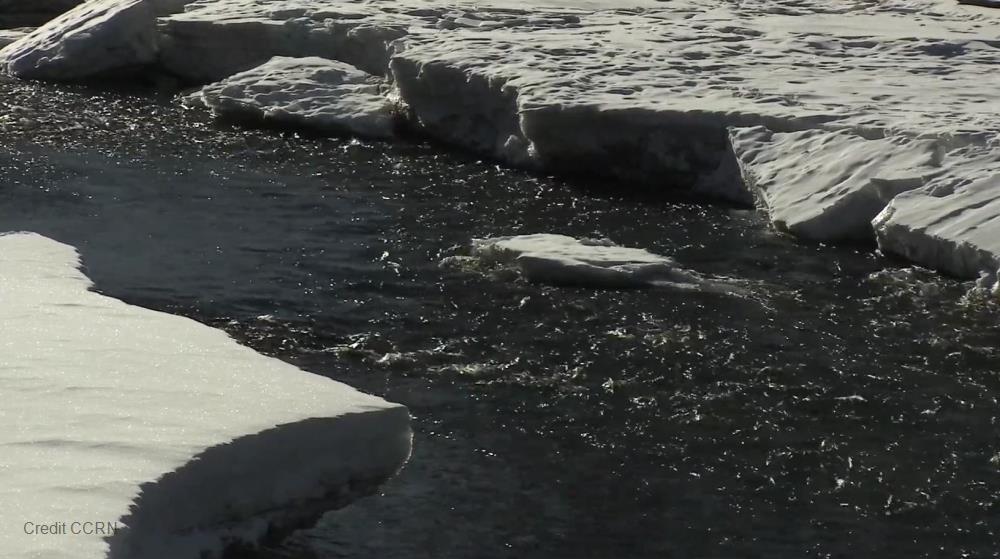
Related items loading ...
Section 1: Publication
Publication Type
Journal Article
Authorship
Hathaway, J.M., Westbrook, C., Rooney, R. C., Petrone, R.M., and Langs, L.E.
Title
Quantifying relative contributions of source waters from a subalpine wetland 2 to downstream water bodies
Year
2022
Publication Outlet
Hydrological Processes
DOI
ISBN
ISSN
Citation
Hathaway, J.M., Westbrook, C., Rooney, R. C., Petrone, R.M., and Langs, L.E. 2022. Quantifying relative contributions of source waters from a subalpine wetland 2 to downstream water bodies. Hydrological Processes .
Abstract
Subalpine regions of the Canadian Rocky Mountains are expected to experience continued changes in hydrometeorological processes due to anthropogenically mediated climate warming. As a result, fresh water supplies are at risk as snowmelt periods occur earlier in the year, and glaciers contribute less annual meltwater, resulting in longer growing seasons and greater reliance on rainfall to generate runoff. In such environments, wetlands are potentially important components that control runoff processes, but due to their location and harsh climates their hydrology is not well studied. We used stable water isotopes of hydrogen and oxygen (δ2H and δ18O), coupled with MixSIAR, a Bayesian mixing model, to understand relative source water contributions and mixing within Burstall Wetland, a subalpine wetland (1900 m a.s.l.), and the larger Burstall Valley. These results were combined with climate data from the Burstall Valley to understand hydrometeorological controls on Burstall Wetland source water dynamics over spatiotemporal timescales. Our results show that the seasonal isotopic patterns within Burstall Wetland reflect greater reliance on snowmelt in spring and rainfall in the peak and post-growing season periods. We found a substantial degree of mixing between precipitation (rain and snow) and stored waters in the landscape, especially during the pre-growing season. These findings suggest that longer growing seasons in subalpine snow-dominated landscapes put wetlands at risk of significant water loss and increased evaporation rates potentially leading to periods of reduced runoff during the peak- growing season and in extreme cases, wetland dry out.
Plain Language Summary
Section 2: Additional Information
Program Affiliations
Project Affiliations
Submitters
Publication Stage
Published
Theme
Presentation Format
Additional Information
Mountain Water Futures , Refereed Publications


 GWFNet
GWFNet Master
Master Data
Data Research
Research Map
Map
 Advanced
Advanced Tools
Tools
 . . .
. . .
 Metadata Editor
Metadata Editor
 Record List
Record List
 Alias List Editor
Alias List Editor
 Legacy sites
Legacy sites